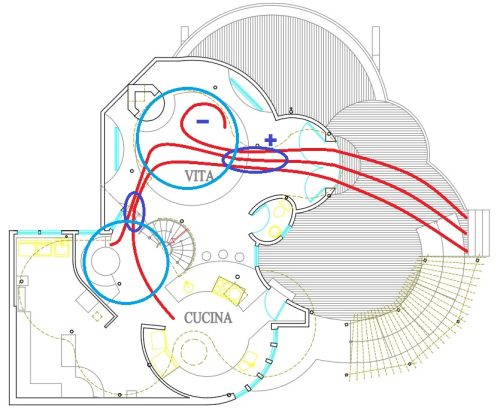Continuity
“…insatiable longing well up from the shyest confession of the tenderest attraction, through anxious signs, hopes and hesitations, laments and wishes, raptures and torments, to the mightiest onrush, the most violent effort, to find the breach that shows the infinitely yearning heart the way into the sea of endless loving rapture. In vain! Powerless, the heart sinks back to languish in longing, in longing without attainment, since each attainment leads only to renewed desire, until in final exhaustion the breaking glance catches a glimpse of the attainment of the highest rapture: it is the rapture of dying, of ceasing to be, of the final deliverance into that wonderous realm from which we stray farthest when we try to penetrate it with the stormiest force. …the nocturnal wonder-world, out of which, the legend tells us, an ivy and a vine once grew in intimate embrace over the grave of Tristan and Isolde”
…a rising minor sixth in the cellos, a semitone descent, a pungent chord of cellos and winds. That first chord, named the Tristan chord, is a nebulous, ambiguous half-diminished seventh. …in the hazy space delineated by the cellos it assumes an identity at once sensuous and unstable. The sequence seems to repeat [resolution], departing at a higher pitch [spiraling], yet the music is not quite the same [variations]. The initial leap in the cellos is wider than before, a major sixth rather than a minor sixth. We drift deeper into the mist. The third iteration introduces further irregularities: an extra downward step in the cellos, an extra upward step in the winds. With such minute variations, Wagner captures the texture of unconscious, dreaming states. …known as parataxis: phrases appearing one after another, without a clear sense of connective tissue. A chain of fragments, each one freely bonded to the next.”
(Alex Ross, Wagnerism: Art and Politics in the Shadow of Music)
Lecture Audio:





